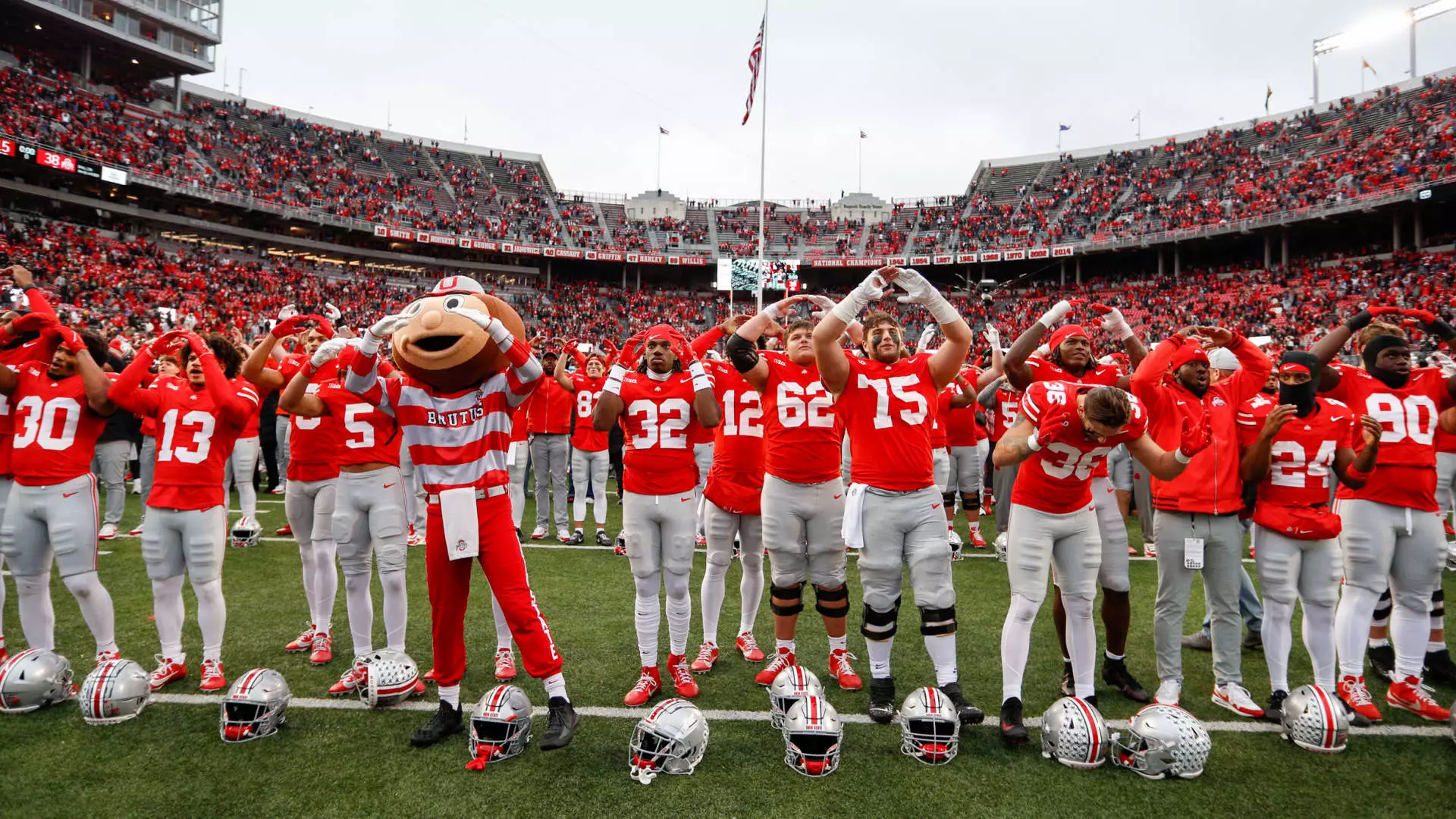The financial dynamics of college athletic programs have transformed significantly over the past few decades, with private investments seeking to capitalize on this booming industry. The vast sums generated by these programs raise a pivotal question: what is the actual worth of a college sports program? In this article, we delve into the mechanics behind athletic program valuations, analyze the most lucrative institutions, and consider the implications of this evolving financial landscape.
In recent years, major college sports programs have consistently produced billions in revenue annually. This remarkable financial success has piqued the interest of private equity investors eager to tap into this potentially profitable domain. Colleges and universities, particularly those competing at the highest levels in sports like football and basketball, have assets that rival many professional franchises. The allure lies not only in the revenue generated from ticket sales and merchandise but also in the rich media rights deals that have become foundational to these institutions’ financial strategies.
Ohio State University has emerged as a prime example, being ranked as the most valuable college athletic program with an estimated worth of $1.27 billion. The Buckeyes generated approximately $280 million in revenue in the fiscal year 2023, making them the top earner among collegiate programs. Their sizable alumni network, which numbers over 600,000, paired with a fan base exceeding 11 million, creates a robust foundation for continued financial success. This environment fosters significant donor activity, illustrated by nearly $60 million in contributions from boosters in a single year.
The dominance of the Southeastern Conference (SEC) and the Big Ten in national athletic standings is mirrored in their financial success. These conferences benefit immensely from lucrative media rights agreements that inflate the overall value of member institutions. Collectively, the SEC commands an astonishing valuation of $13.3 billion, averaging around $832 million per institution. Similarly, the Big Ten follows closely with a total worth of $13.2 billion and an average valuation of $734 million per school.
The financial disparities between conferences underline the importance of strategic affiliations when assessing a college program’s value. Schools within the Atlantic Coast Conference (ACC) and Big 12 also showcase significant worth, but the bottom line is straightforward: membership in a high-profile conference like the SEC or Big Ten can exponentially increase a program’s financial standing, thereby attracting better players and enhancing overall competitiveness.
The evaluation of college athletic programs’ worth is a complex undertaking that incorporates various financial and operational metrics. Jason Belzer, a key figure in providing insights into athletic program valuations, utilizes a comprehensive database containing detailed financial information about various programs. His methodology begins with a fundamental revenue multiple, which is then modified according to several parameters, including conference affiliation, projected name, image, and likeness (NIL) spending, and alumni engagement.
It’s essential to note that the metrics used to compile such rankings are influenced not only by fiscal data but also by expert insights from various individuals familiar with these programs. Their contributions add depth to the findings, ensuring that the assessments reflect both quantitative and qualitative aspects.
As we look to the future, the question remains: where do college athletic programs go from here? The influx of private investments coupled with the evolving landscape of college sports raises questions about equity among programs. While some institutions soar to financial heights, others may struggle to keep pace, potentially leading to greater disparities within college athletics.
With NIL regulations being a focus of ongoing discussions, the ability of programs to adapt to new financial realities will be crucial. In this vibrant yet challenging environment, institutions that effectively engage their alumni bases, harness media opportunities, and cultivate sponsorship deals are likely to thrive. Ultimately, the valuation of a college sports program will remain a dynamic concept, continually influenced by performance, financial strategy, and the ever-changing college athletics landscape.


Leave a Reply